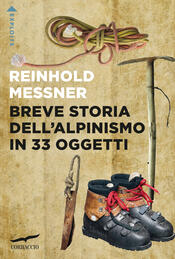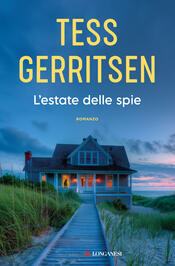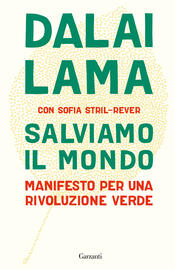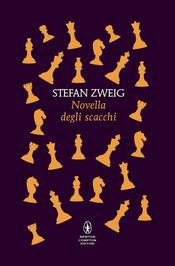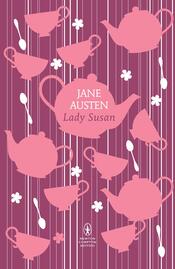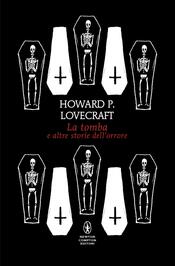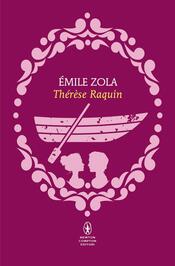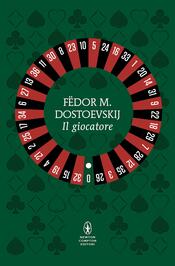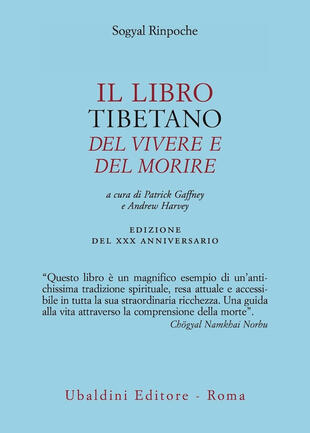

Sinossi
Al suo primo incontro con la cultura occidentale, Sogyal Rinpoche rimase costernato nello scoprire che, a dispetto di tutti i suoi successi nel campo tecnologico, la società moderna occidentale non comprende minimamente quel che accade al momento della morte. In Tibet, al contrario, nel corso dei secoli si è sviluppata una vera e propria 'tecnologia sacra' della morte, un'ars moriendi che raccoglie il corpo di conoscenze più accurato, complesso e completo sulla morte e lo stato successivo, o bardo. Il termine 'bardo', letteralmente 'sospeso tra', e quindi 'intervallo, transizione', è un concetto chiave per comprendere la concezione tibetana della vita e della morte. Nel buddhismo tibetano, la vita e la morte appaiono come un tutto costituito da una serie di realtà in mutamento costante, che presentano dei bardo, ovvero giunture di transizione in cui si manifesta la dharmata, la vera natura della mente, illimitata ed eterna. I quattro bardo (della vita, della morte, del dopo morte e della rinascita) offrono quindi una grandissima possibilità di liberazione, ma solo il bardo di questa vita consente di prendere familiarità, tramite la meditazione, con la natura essenziale della mente, così da poter riconoscere la sua potente e terrificante manifestazione spontanea al momento della morte. Chi si è preparato per tempo attraverso la pratica e la contemplazione dell'impermanenza non vedrà la morte come una disfatta, ma come una vittoria. Edizione del XX anniversario.
- ISBN:
- Casa Editrice:
- Pagine: 432
- Data di uscita: 15-01-2015
Recensioni
I read this book after my 11year old son was diagnosed with terminal cancer. I needed to find some spiritual form of understanding as to what was happening. The first section of the book deals with how to live well while the second part of the book deals with how to die well. We all acknowledge that Leggi tutto
The Tibetan Book of Living and Dying is a manual on how to deal with death, but I would argue it has far more to do with life and the living. It is about understanding death and how it will, ultimately, come for all of us. We have one life so we should live it as fully as possible, being mindful in
First, this is not a direct translation of the Bardo Thodol, commonly known in the West as the 'Tibetan Book of Living & Dying.' Rather it is a broad introduction to Tibetan Buddhist beliefs including the author's interpretation of the teachings contained in the Bardo Thodol. The validity of Sogyal' Leggi tutto
Abanar Até Acordar "Se tudo morre e muda, então o que é realmente verdadeiro? Há alguma coisa por detrás das aparências, algo ilimitado e infinitamente amplo, onde a dança da mudança e impermanência tem lugar? Há algo com que possamos de facto contar, que sobreviva ao que chamamos morte?" "Saiba que t Leggi tutto
¿Qué pasará después de la muerte? Pensar en la muerte aterra, y mucho. ¿Sentiremos dolor cuando sea nuestra hora? ¿Cómo superaremos el dolor de la muerte de nuestros seres más queridos? La sociedad nos educa para mostrarnos fuertes y seguros ante cualquier adversidad, pero con la muerte estas recomen Leggi tutto
I love this book with a passion. The Essential Phowa practice has sustained me through so much loss and I have practiced it countless times over many years. So many sad losses - beautiful A'ine who was only 17 and sent a butterfly as she continued on her journey. My soul sister, Margaret, how I miss Leggi tutto
I read this book and took from it what I needed and left the weird stuff for others. What I took was significant and very helpful, and I keep this book around to re-read those passages. I believe anyone can find something in this book useful to them personally, but probably not all of it. Prepare to Leggi tutto
Citazioni
Al momento non ci sono citazioni, inserisci tu la prima!




